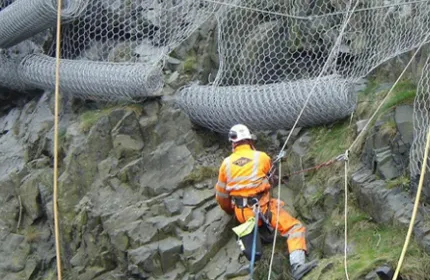-
 Phone:
Phone: -
 Email:
Email:

Durable Stainless Steel Wire for Heavy-Duty Bailing Applications and Securing Loads
The Versatile Uses and Benefits of Stainless Steel Bailing Wire
Stainless steel bailing wire is a crucial material in various industrial and agricultural applications, prized for its strength, durability, and resistance to corrosion. This versatile wire is primarily used for securing and bundling materials, making it an integral component in industries ranging from construction to recycling.
Characteristics of Stainless Steel Bailing Wire
Stainless steel bailing wire is made from high-quality stainless steel, providing several distinct advantages over other types of wire. It exhibits excellent resistance to rust and corrosion, which is particularly beneficial in outdoor environments and industries that involve exposure to moisture and harsh conditions. Additionally, its strength allows it to handle heavy loads without stretching or breaking, ensuring that it remains reliable in demanding situations. The wire is also available in various gauges, or thicknesses, enabling users to select the appropriate size for their specific needs.
Common Applications
One of the most common uses of stainless steel bailing wire is in the recycling industry. It is essential for bundling recyclable materials such as cardboard, paper, metals, and plastics. The wire securely holds these materials together, facilitating easier transport and processing. Its strength and resistance to corrosion make it a preferred choice for baling wire, ensuring that the bundled materials remain intact during shipping and handling.
In agriculture, stainless steel bailing wire is used for various purposes, including securing hay bales and fencing. Farmers often rely on this wire to keep their livestock contained, as it can withstand the wear and tear from both animals and environmental factors. Moreover, the wire is often used in constructing trellises for climbing plants, offering both support and durability.
stainless steel bailing wire

Construction is another significant area where stainless steel bailing wire is employed
. It is frequently used as a tie wire to secure rebar in concrete forms, ensuring structural integrity during construction. Its resistance to rust is particularly important in this application, as it helps prevent structural weaknesses that can arise from corrosion over time.Advantages Over Other Materials
When compared to other types of wire, such as galvanized steel or plastic-coated wire, stainless steel bailing wire offers superior longevity and strength. While galvanized wire may corrode over time, especially when exposed to harsh weather conditions, stainless steel maintains its integrity for much longer. Although stainless steel wire may come with a higher initial cost, its durability often results in lower long-term expenses, as it requires less frequent replacement.
Additionally, stainless steel represents a more environmentally friendly option. Being recyclable, it contributes to sustainability efforts by minimizing waste. As industries increasingly seek to reduce their environmental impact, the demand for materials that align with these goals is likely to rise, further solidifying stainless steel bailing wire's place in various industries.
Conclusion
In summary, stainless steel bailing wire is a vital component for numerous applications across multiple industries. Its strength, resistance to corrosion, and versatility make it an ideal choice for bundling, securing, and supporting materials. Whether in recycling, agriculture, or construction, the significance of this durable wire cannot be overstated. As industries continue to prioritize sustainability and efficiency, the role of stainless steel bailing wire is expected to expand, further showcasing the myriad benefits it offers.
-
Wire Mesh for Every Need: A Practical SolutionNewsJul.25,2025
-
Steel Fences: Durable, Secure, and Stylish OptionsNewsJul.25,2025
-
Roll Top Fencing: A Smart Solution for Safety and SecurityNewsJul.25,2025
-
Cattle Farm Fencing Solutions for Maximum SecurityNewsJul.25,2025
-
Affordable Iron Binding Wire SolutionsNewsJul.25,2025
-
Affordable Galvanized Wire SolutionsNewsJul.25,2025
-
Wire Hanger Recycling IdeasNewsJul.25,2025








